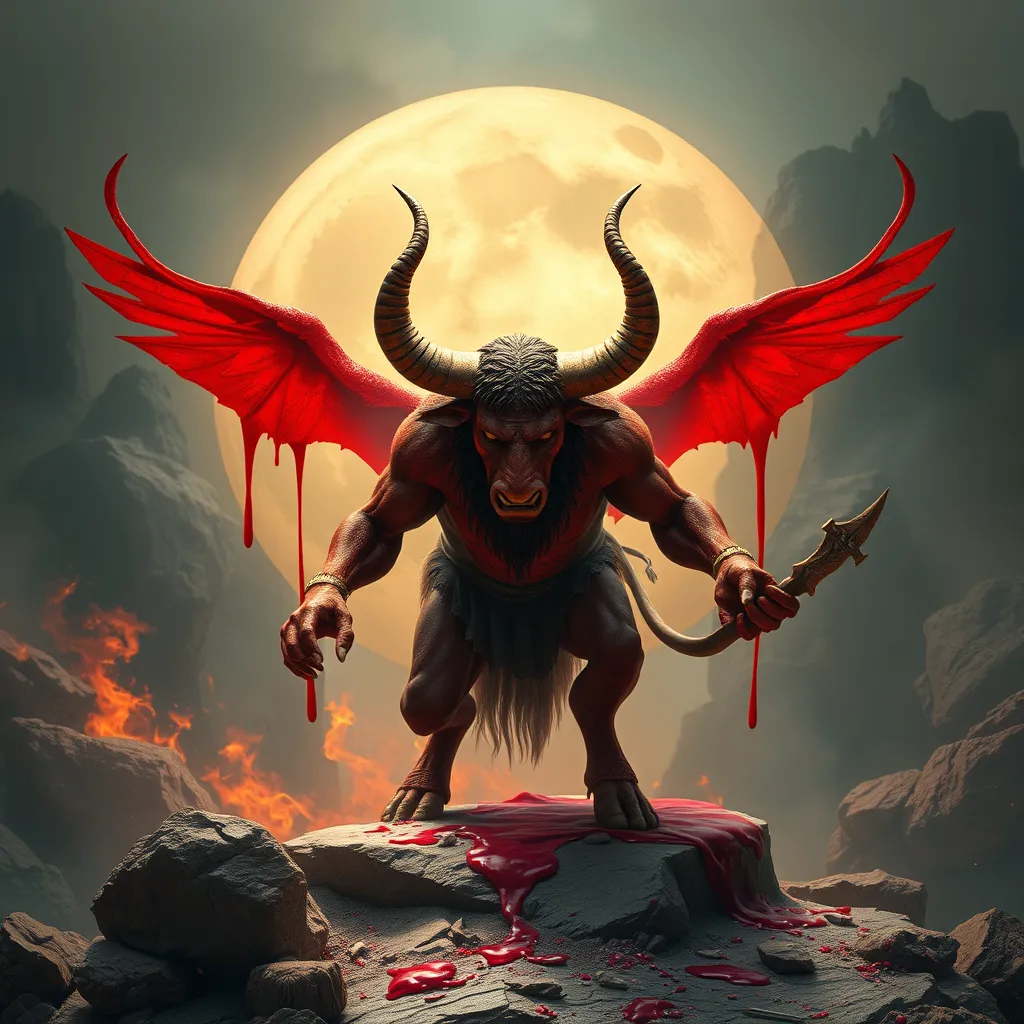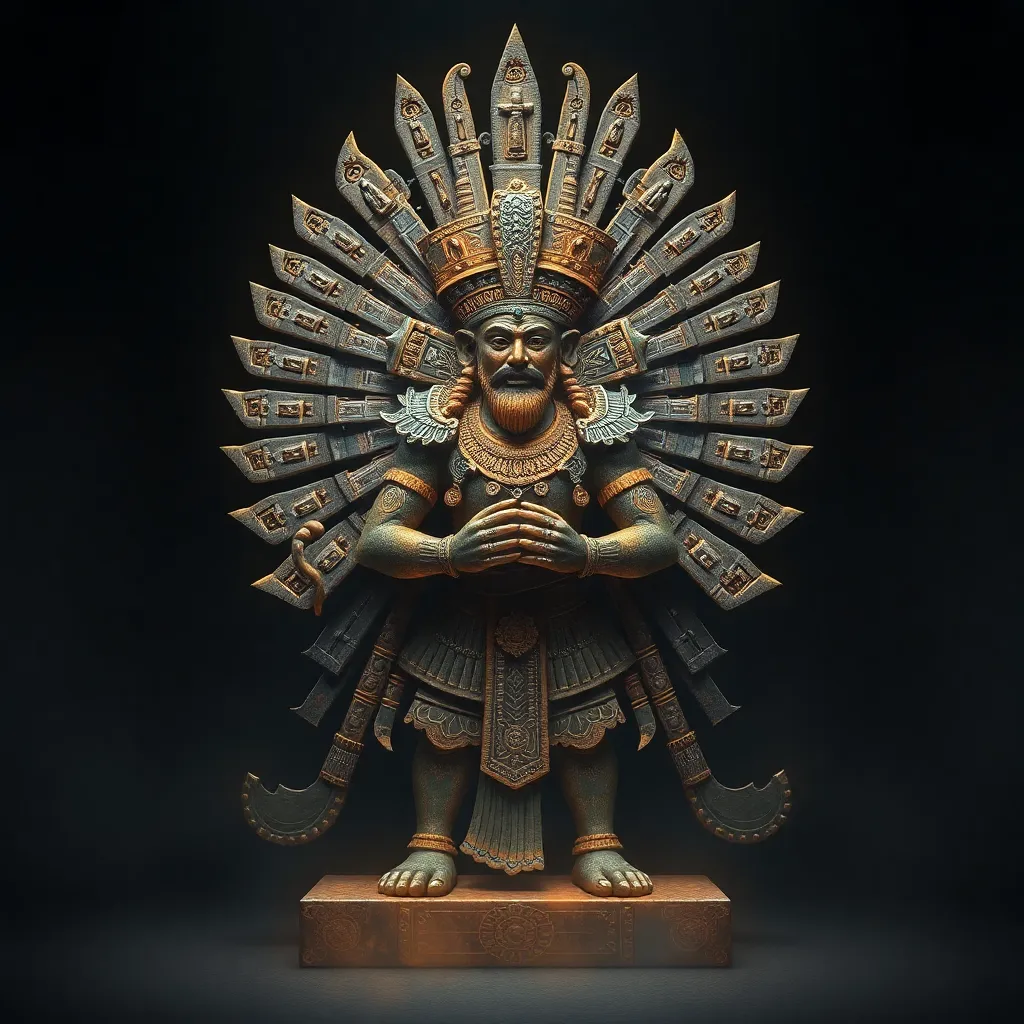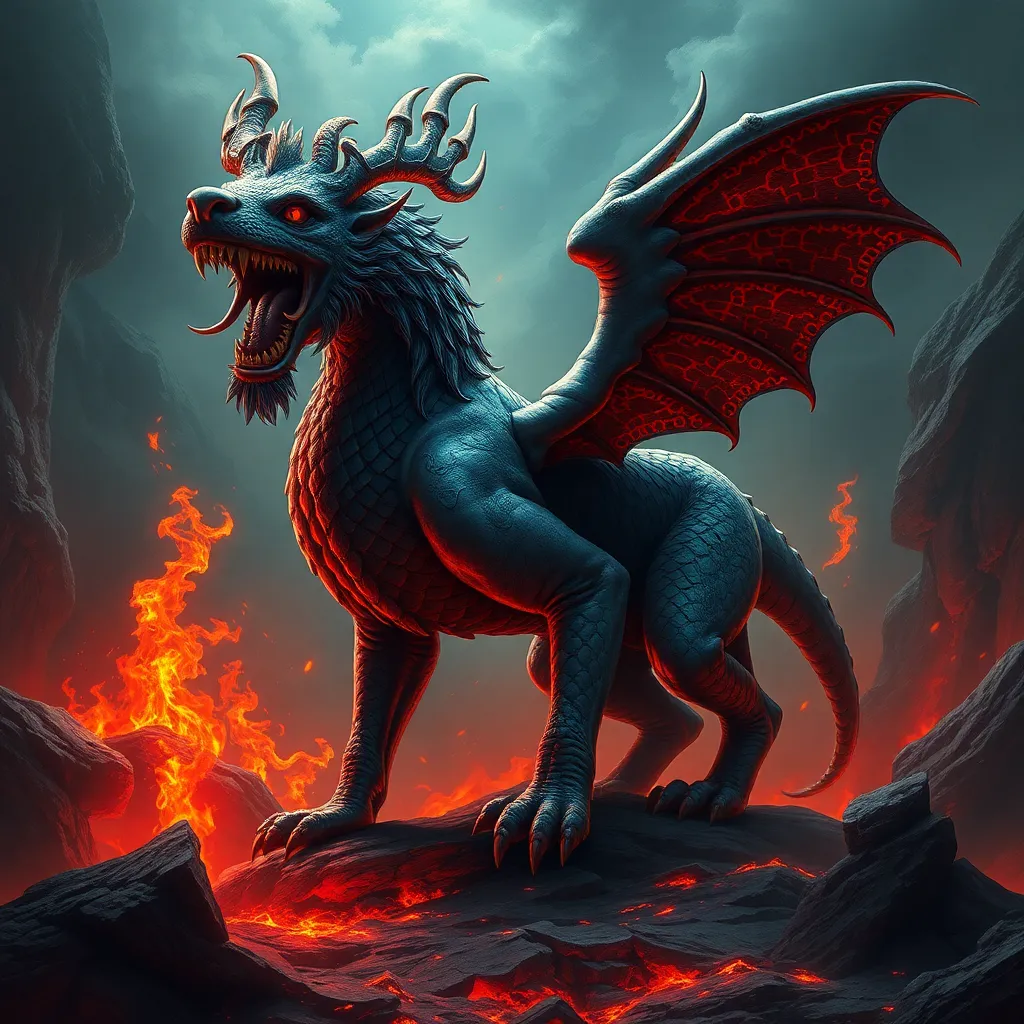Blood and Sacrifice: The Minotaur’s Role in Athenian Myth and Ritual
I. Introduction
The Minotaur, a creature with the body of a man and the head of a bull, stands as one of the most intriguing figures in Greek mythology. This hybrid being, born from a cursed union between Pasiphaë and a magnificent Cretan bull, symbolizes a complex interplay of themes such as power, identity, and the darker aspects of human nature. Within the context of ancient Athenian culture, the significance of blood and sacrifice cannot be overstated; they are intertwined with the societal values and religious practices of the time.
This article explores the multifaceted role of the Minotaur in Athenian myth and ritual, illustrating how the narrative highlights the interconnectedness of violence, power, and identity in ancient society.
II. The Myth of the Minotaur: Origins and Narratives
A. The birth of the Minotaur: Pasiphaë and the Cretan bull
The origins of the Minotaur are rooted in a tale of desire and divine punishment. Pasiphaë, the wife of King Minos of Crete, became infatuated with a majestic bull sent by Poseidon. In her longing, she sought the help of Daedalus, a skilled craftsman, who created a wooden cow for her to hide in. The result of this unnatural union was the Minotaur, a being that represented the grotesque consequences of human folly and divine retribution.
B. The labyrinth as a symbol of entrapment and chaos
To contain the Minotaur, King Minos commissioned Daedalus to build an elaborate labyrinth. This intricate maze not only served as a prison for the creature but also symbolized the chaotic and confusing nature of life itself. The labyrinth stands as a metaphor for entrapment, reflecting the struggles of individuals caught in the throes of societal demands and expectations.
C. Key figures in the myth: Theseus, Ariadne, and King Minos
- Theseus: The Athenian hero who volunteered to confront the Minotaur, representing courage and the quest for identity.
- Ariadne: The daughter of King Minos, who aids Theseus by providing him with a ball of thread to navigate the labyrinth, symbolizing love and betrayal.
- King Minos: The ruler of Crete, whose authority and decisions significantly shape the fate of the Minotaur and the Athenian tribute.
III. Symbolism of Blood in the Minotaur Myth
A. Blood as a representation of lineage and power
In the myth of the Minotaur, blood serves as a powerful symbol of lineage and authority. The creature’s very existence is a result of unnatural bloodlines, intertwining the royal and the monstrous. This connection emphasizes the duality of power, where nobility can give rise to chaos and destruction.
B. The significance of sacrifice in the mythological narrative
Sacrifice is a recurring theme throughout the Minotaur narrative. The annual tribute of Athenian youths and maidens to Crete to appease the Minotaur underscores the notion of blood sacrifice as a means of maintaining order and balance within society.
C. The Minotaur as a creature of both human and beastly nature
The Minotaur embodies the tension between civilization and savagery. As a being that is part human, he represents the darker aspects of human nature, including violence and unrestrained desire. This duality invites reflection on the nature of humanity itself and the boundaries that define it.
IV. Athenian Rituals and Sacrificial Practices
A. Overview of Athenian religious practices related to sacrifice
Athenian society was steeped in religious rituals that often involved sacrifice. These practices aimed to appease the gods and ensure the prosperity of the city-state. Animal sacrifices were prevalent, with blood playing a crucial role in these sacred acts.
B. The role of the Minotaur in Athenian rituals
The Minotaur’s myth directly influenced Athenian rituals, particularly the practice of sending tributes to Crete. This ritualistic sacrifice of youths and maidens served not only as appeasement for the Minotaur but also as a reflection of Athenian values regarding bravery, sacrifice, and civic duty.
C. Connection between myth and ritual in the context of civic identity
The relationship between myth and ritual in Athenian culture reinforces civic identity. The tale of the Minotaur and the associated sacrifices symbolize the collective memory and values of the Athenians, intertwining their identity with the mythological narrative.
V. The Athenian Tribute to Crete: A Historical Context
A. The tribute of youths and maidens: an exploration of societal implications
The tribute of youths and maidens sent to Crete was not merely a mythological event but reflected real societal dynamics. This tribute highlighted the vulnerability of Athenian society and the sacrifices made for the greater good.
B. The political significance of the tribute in the Athenian-Cretan relationship
This tribute also served as a political tool, reinforcing Athenian subservience to Crete. It symbolized the complexities of power dynamics between city-states and the political ramifications of sacrifice.
C. The cyclical nature of sacrifice and its impact on Athenian society
The cyclical nature of this tribute underscores the persistent theme of sacrifice in Athenian culture, shaping societal norms and expectations that persist through generations.
VI. The Minotaur as a Metaphor for Fear and Control
A. The Minotaur as a representation of societal fears
The Minotaur embodies the fears of Athenian society, representing the chaos that could arise from unchecked desires and the consequences of moral failure.
B. The use of myth to justify social order and control
By employing the Minotaur myth, Athenian leaders could justify societal norms and control, using the creature as a cautionary tale for maintaining order and civility.
C. The psychological impact of the Minotaur myth on Athenian citizens
The psychological impact of the Minotaur myth on Athenian citizens was profound, fostering a sense of shared identity and communal memory that shaped their understanding of order and chaos.
VII. The Legacy of the Minotaur in Art and Literature
A. Depictions of the Minotaur in ancient art
The Minotaur has been a subject of fascination in ancient art, depicted in sculptures, pottery, and frescoes. These representations often emphasize the creature’s monstrous nature and the themes of blood and sacrifice.
B. The Minotaur’s influence on later literature and cultural narratives
Throughout history, the Minotaur has influenced literature and cultural narratives, appearing in works that explore the complexities of monstrosity and humanity. This enduring legacy speaks to the universal themes present in the Minotaur myth.
C. The enduring themes of sacrifice and monstrosity in modern interpretations
Modern interpretations of the Minotaur continue to explore themes of sacrifice and monstrosity, reflecting contemporary anxieties and societal issues. The Minotaur serves as a powerful symbol for examining the human condition.
VIII. Conclusion
In conclusion, the Minotaur’s role in Athenian myth and ritual reveals a rich tapestry of interconnected themes of blood, sacrifice, and societal values. Through its narratives, the Minotaur not only reflects the fears and aspirations of ancient Athenians but also serves as a lens through which we can examine the complexities of human nature and cultural identity. The legacy of the Minotaur continues to resonate, reminding us of the enduring power of myth in shaping both individual and collective identities.



